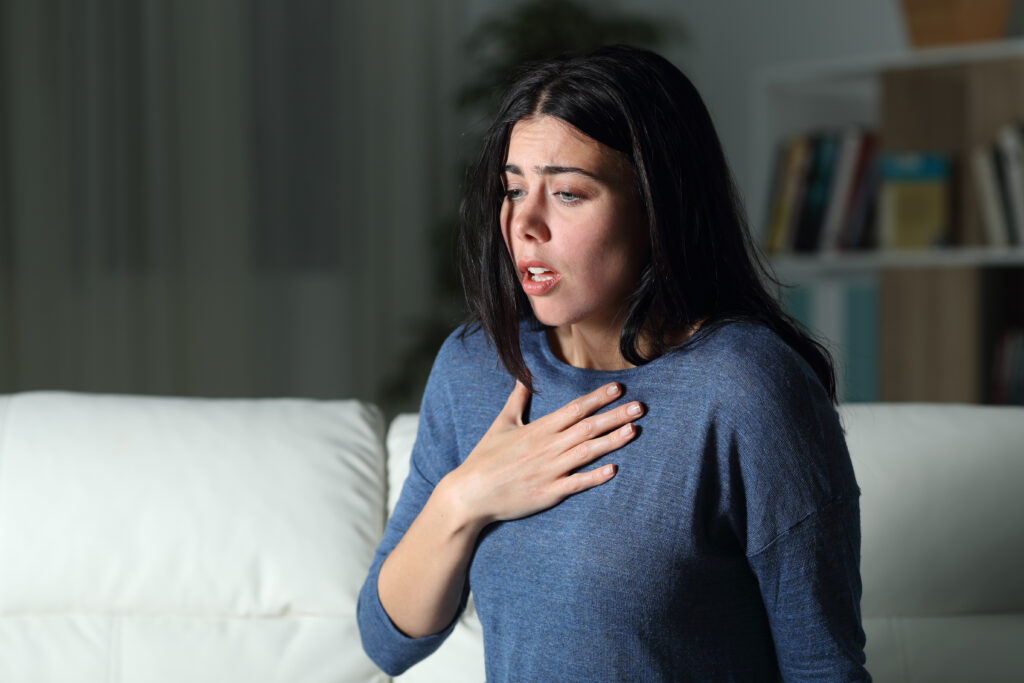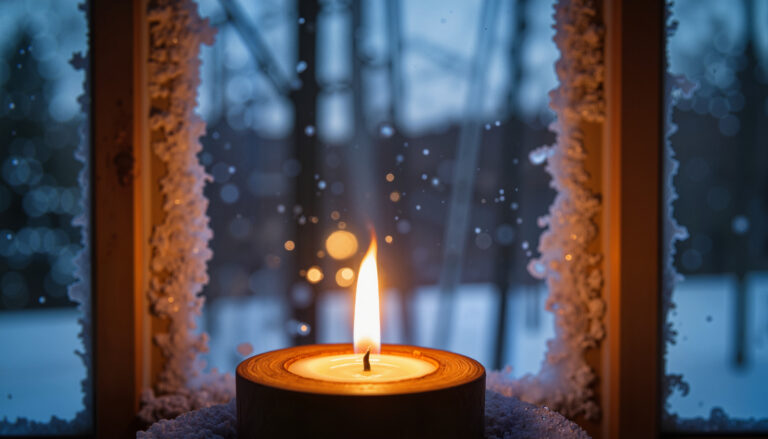If the rumble of thunder sends shivers down your spine or the sight of hurricane spaghetti models makes your heart race, you’re not alone. Weather-related phobias are more common than one might think, affecting a notable portion of the population. Research indicates that approximately 12% of individuals experience some form of weather anxiety, highlighting the prevalence of these phobias in society.
Defining Weather Phobias
Phobias are characterized by a significant fear or anxiety related to a specific object or situation. The American Psychiatric Association defines a phobia as a persistent and irrational fear that can cause individuals to avoid situations or stimuli that trigger their anxiety. For instance, while some people may find joy in a snow-covered landscape, others may experience intense fear at the same sight. Similarly, a gentle rain may evoke feelings of calm in many, while it can trigger panic in those with ombrophobia, or fear of rain.
The National Weather Service notes that these phobias are particularly common among children and individuals who have faced traumatic weather events, such as hurricanes, tornadoes, or severe storms. Understanding these fears can help demystify them and pave the way for effective coping strategies.
Common Weather Phobias
Among the most frequently encountered weather phobias are:
- Astraphobia (Brontophobia): This is the fear of thunder and lightning, often causing individuals to feel anxious during storms. Symptoms can include rapid heartbeat, sweating, and avoidance behaviors.
- Ancraophobia: This phobia involves an intense fear of wind, which may be triggered by strong gusts or the sound of wind howling through trees.
- Chionophobia: Those with chionophobia experience extreme anxiety at the thought of snow, often worrying about being trapped or stranded in winter conditions.
- Lilapsophobia: This refers to the fear of tornadoes or hurricanes. Individuals may feel overwhelmed by the possibility of these powerful storms, leading to anxiety during severe weather forecasts.
- Nephophobia: The fear of clouds can manifest as anxiety about what the clouds might bring, particularly storm clouds.
- Ombrophobia: This is the fear of rain, which can cause significant distress during rainy seasons or stormy weather.
While these are some of the more common weather phobias, there are also less prevalent fears, such as:
- Thermophobia: Fear of heat, which can cause anxiety during hot summer days.
- Homichlophobia: Fear of fog, often stemming from concerns about visibility and safety.
- Heliophobia: An aversion to sunlight, which may lead individuals to avoid outdoor activities.
- Achluophobia: This is the fear of darkness, which can become more pronounced during stormy nights.
- Anablephobia: Fear of looking up or anxiety about the sky, which can be tied to worries about falling objects or weather-related phenomena.
Coping Strategies for Weather Phobias
For those struggling with weather-related phobias, several strategies can help mitigate anxiety and improve overall coping mechanisms:
- Create a Safety Plan: Knowing your safe space during severe weather can provide a sense of security. Prepare an emergency kit and familiarize yourself with weather radios or alerts specific to your area.
- Stay Informed: Have multiple sources for receiving weather warnings, such as mobile alerts, weather apps, and local news broadcasts. Understanding the terms used in weather reporting, such as “watch,” “warning,” and “advisory,” can also reduce fear of the unknown.
- Practice Your Plan: Regularly rehearse your emergency plan with family members. Familiarity can alleviate anxiety and ensure everyone knows what to do when bad weather approaches.
- Educate Yourself About Weather: Learning about weather patterns, storm formation, and safety measures can empower individuals and reduce fear. Understanding that not all storms are dangerous can help to reshape negative perceptions.
- Seek Professional Help: If anxiety becomes overwhelming, consider talking to a therapist or counselor who specializes in phobias or anxiety disorders. Cognitive-behavioral therapy (CBT) can be particularly effective in addressing specific fears.
- Connect with Others: Join support groups or online communities where individuals share similar fears. Connecting with others can provide reassurance and helpful coping strategies.
Conclusion
Weather-related phobias are a significant concern for many individuals, impacting their daily lives and experiences during severe weather. By understanding the nature of these fears and implementing coping strategies, those affected can work toward managing their anxiety. Whether it’s preparing for storm season or simply learning more about weather patterns, taking proactive steps can lead to a greater sense of control and comfort when faced with nature’s unpredictability.


